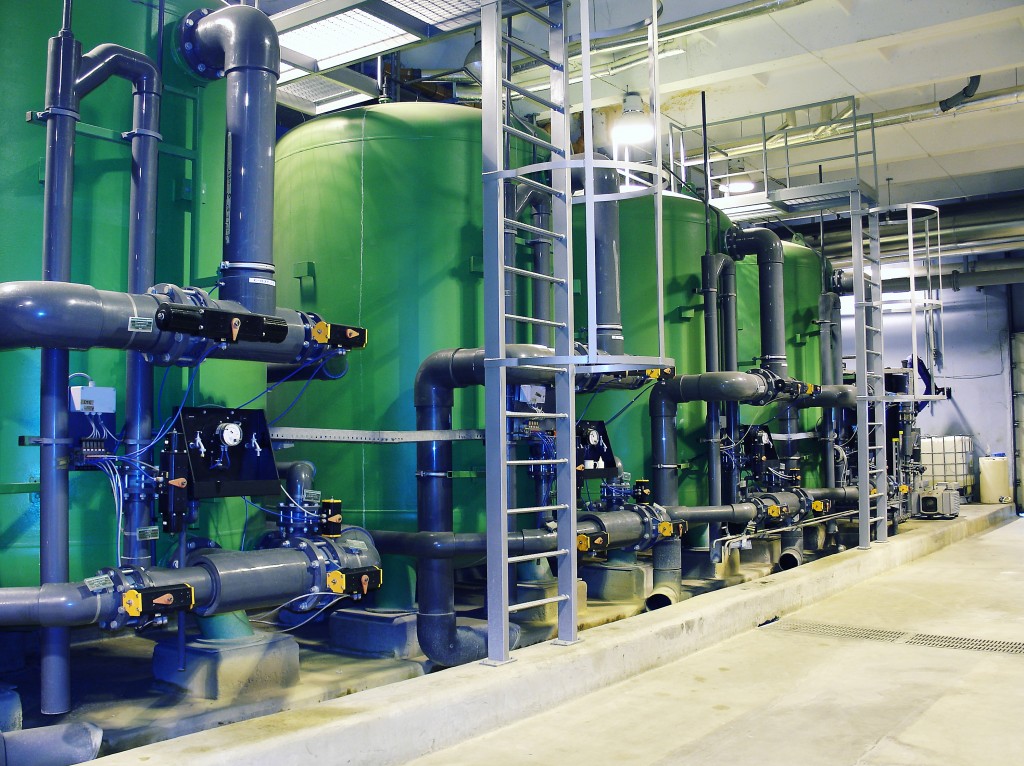Workplace safety goes a long way into showing your employees that you care about their health and safety. It also indirectly increases productivity within the workforce and prevents accidents and unnecessary expenses. If you are an employer looking to improve your industrial plant’s safety standards, here is a quick guideline on what to look into.
1. Keep Your Workspace Organized
This is probably the easiest way to keep your industrial plant comfortable and safe. Ensure the layout in your industry allows seamless movement between production lines. An organized workspace improves productivity and efficiency. Therefore, it is important to declutter and keep walkways clear to prevent slip and fall accidents.

2. Provide Quality Safety Equipment (PPE)
Your employees working in an industrial plant are usually exposed to risks and health hazards, such as harmful radiations, compressed gases, heavy lifting, and metal fumes, among others. Take measures to minimize injuries and damages that may occur during these tasks. It would help if you also equip your industrial workers with quality work safety gear to protect them in the workplace. You should also provide guidelines to help them wear protective gear correctly. Safety equipment must be maintained, kept clean, and disposed of appropriately.
3. Conduct Regular Training
You could spend all your time making your industrial plant safe, but without educating your employees on operating machines safely, you will still face the risk of injuries and accidents. Employees should undergo mandatory routine training to follow safety protocol.
Only skilled and well-trained personnel should be allowed to operate machines and equipment. Educate workers on the importance of wearing protective equipment appropriately when on the premises. Also, train your workers on how to administer first aid to injured persons after an accident. These skills go a long way in preventing hazards and accidents.
4. Conduct Routine Risk Assessments
Improved safety begins with ensuring that all the machines, products, and equipment are safe to handle. Risk assessment and maintenance practices help identify items that could cause harm, such as loose bolts within the machines, gas leaks, and steep staircases. After identification, you should put in place measures to prevent accidents and health hazards.

5. Use Safety Signs and Mark Emergency Exits
Most industries overlook safety signs and emergency exits until they have visitors or new employees on their premises. In times of an emergency, safety signs come in handy. Therefore, you need to mark directions, entrances, and exits to maintain organized movements in the plant and prevent accidents. Ensure you indicate storage areas where employees can store various things and enhance safety in the workplace.
6. Maintain Clear Communication Lines
Your employees play a critical role in shaping up workplace safety. Encourage open communication between employees and managers and within employees themselves. This allows your workers to report suspicious things that may cause accidents. Employees’ suggestions on improving workplace safety might also help make the plant a better and more secure place.
7. Have Frequent Breaks
According to statistics, one of the leading causes of workplace accidents is fatigue. An exhausted employee is likely to make errors while working, resulting in accidents and injuries. Encourage your workers to take frequent breaks to re-energize and retain concentration meters. You could incorporate team building activities, warm-up exercises, or rest time to allow them to re-energize.
8. Practice Emergency Evacuation Drills
What happens during an emergency hazard or fire? Evacuation drills are a great way to help your employees understand their options in case of an emergency. Practice these drills occasionally to help familiarize the workers with all emergency exits. Train them on how to use fire extinguishers and determine which equipment must be shut down to minimize damage.
Your employees shouldn’t worry about safety when working in your industrial plant. These safety procedures should keep you and your employees at rest, knowing that your workplace environment is safe.
